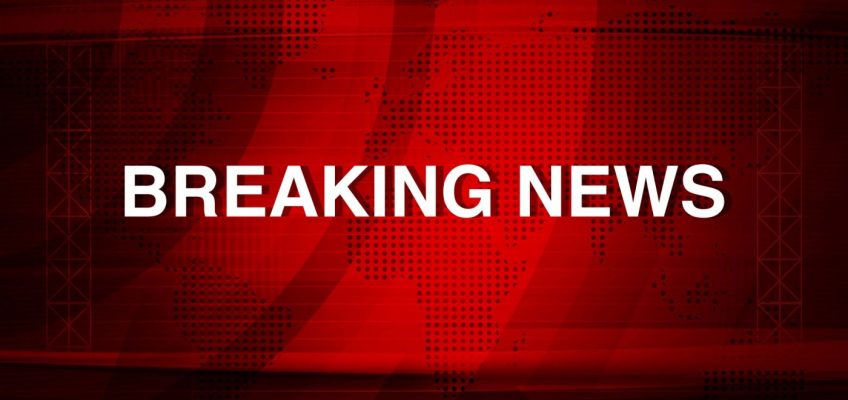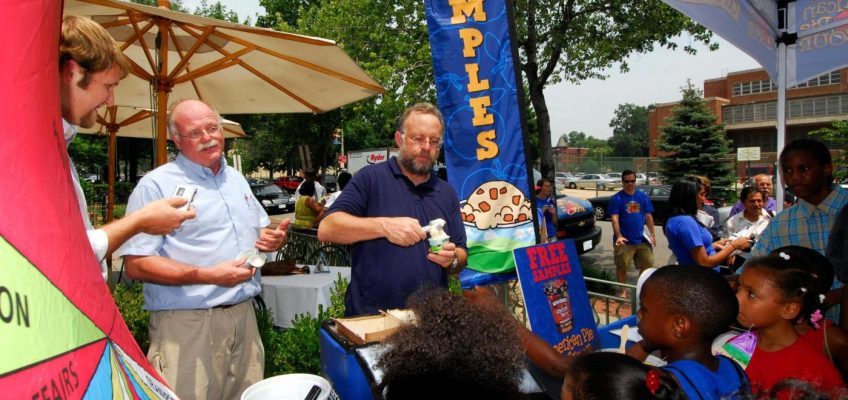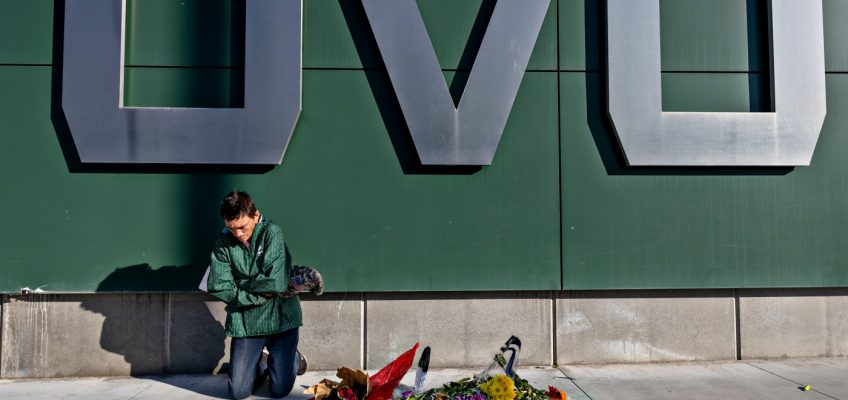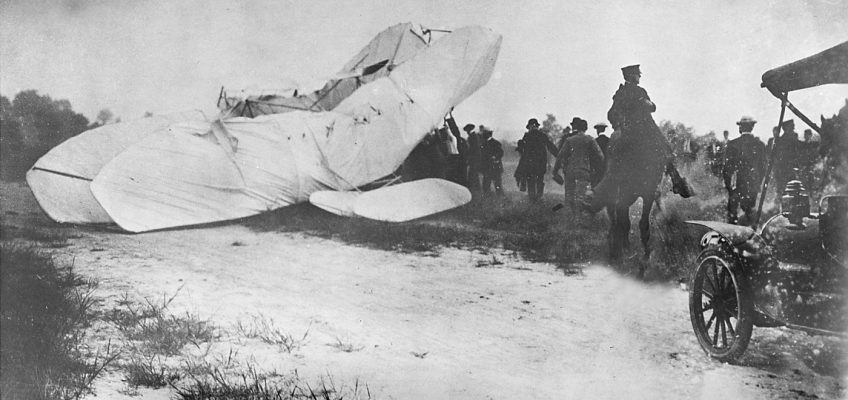The First Amendment is in a sorry state, especially on college campuses. A survey of students released last Tuesday from the Foundation for Individual Rights and Expression shows a steady decline in support for free speech – with a new high of 34% saying that using violence to stop a campus speech is acceptable in some cases.
These findings would be disturbing at any time in American history, but they are especially chilling coming the same week that conservative activist Charlie Kirk was gunned down while speaking at a Utah university. The suspect is a 22-year-old who allegedly believed Kirk was “spreading hate.”
The reasons for Gen Z’s growing intolerance of opposing opinions are many, including the dominance of social media and increasing government efforts to control speech. But it’s not too late. America can and must rekindle an appreciation for a good debate among young people, and remind them why freedom of expression is a fundamental right. Our national and local leaders could start by modeling the behavior we’d like younger people to emulate.
For the past six years, FIRE has surveyed 65,510 students at 257 colleges and universities and asked if they would support or oppose allowing controversial speakers on campus. The group asks students whether it’s acceptable to disrupt a campus speech by shouting down a speaker, blocking entry to the event, or using violence. The percentage of students who approve of disruptive behavior to cancel a speech is now at a record high. It’s a bipartisan trend that cuts across gender and racial lines.
The impulse to stifle unpopular speech has been growing on college campuses for a while, but FIRE says the pattern is changing. Over the past decade, students and scholars were the primary advocates for censoring speakers they deemed hostile; back then, administrators usually pushed back and defended free speech, said Sean Stevens, FIRE researcher and a social psychologist. Now, fewer people push back at all, with administrators, politicians and off-campus activists increasingly advocating for canceling speech they don’t like.
It’s a phenomenon that is fed by both politics and culture, Stevens told me. In this era of social media, students come to campus less supportive of free speech than prior generations. This generation is accustomed to curating their digital feed with views that validate and reinforce their beliefs. When they come to college, it might be difficult for them to empathize with people who voice dramatically different viewpoints.
But while censorship attempts from the left have declined since 2020, hostility to free and open debate on campus has grown “primarily due to a drop in tolerance among conservative students,” Stevens said.
The Trump administration has likely played a role, as have officials in red states who want to control academic speech. Governments have applied unprecedented pressure to higher education institutions, targeting diversity, equity, and inclusion (DEI) programs and restricting funds based on the institution’s handling of protests over Israel and Gaza. Republican-led states like Florida and Texas have passed laws that echo President Donald Trump’s executive orders and empower GOP-aligned trustees and university boards to limit academic freedom. And the federal Department of Education has launched investigations into dozens of schools, withholding federal funds from “ideologically hostile” universities. Just last week, Texas A&M fired a professor and demoted two administrators for “illegal” instruction after a student complained.
At the same time, “students who feel increasingly threatened by the proliferation of hate speech on campuses have come to increasingly reject the idea that everybody flourishes best when all speech is allowed,” said Caroline Mala Corbin, professor of First Amendment Law at the University of Miami. “It depends on what kind of speech students are willing to have censored.”
And Kirk’s organization, Turning Point USA, kept a “Professor Watchlist” on its website. The site says the list is intended to “expose and document college professors who discriminate against conservative students and advance leftist propaganda in the classroom.” Professors on the list say they’ve been harassed.
It’s not too late to find a new direction. Although the watchlist was misguided, Kirk himself showed up on campuses across the country under a tent reading “Prove Me Wrong.” That willingness to engage in dialogue on often-hostile college campuses was laudable.
Utah Governor Spencer Cox used his news conference on Friday to urge America to learn from it.
“Young people loved Charlie, and young people hated Charlie, and Charlie went into those places anyway,” said Cox, a Republican. “Charlie said, when people stop talking, that’s when you get violence.”
Cox also exhorted young people to draw a sharp line between actions and speech, even when that speech is heated: “Words are not violence, violence is violence; there is one person responsible for what happened here and that person is now in custody.”
It was a sharp contrast to Trump’s messaging last week. “The radicals on the left are the problem,” the president said, during Friday’s hour-long appearance on Fox News. “And they’re vicious and they’re horrible and they’re politically savvy.”
Cox demonstrated the leadership Trump couldn’t muster. He directed his comments to “my young friends out there” who are “inheriting a country where politics feels like rage.” He urged them to use the moment to “build a culture that is very different than what we are suffering through right now — not by pretending differences don’t matter, by embracing our differences and having those hard conversations.”
If we want young people to learn those skills, the adults in the room need to start showing more of them ourselves.
Mary Ellen Klas is a politics and policy columnist for Bloomberg Opinion. A former capital bureau chief for the Miami Herald, she has covered politics and government for more than three decades.
Pegah Banihashemi: Three years after ‘Woman, Life, Freedom’ protests, Iran remains in a deadlock
James B. Speta: What Congress can and should do about the Fed’s independence
Other voices: Tariffs, uncertainty have led to a stall in hiring
Cory Franklin: Is multicancer testing valuable? Here are questions to ask before getting screened
David French: We have to work through our deep divide, recover our decency




